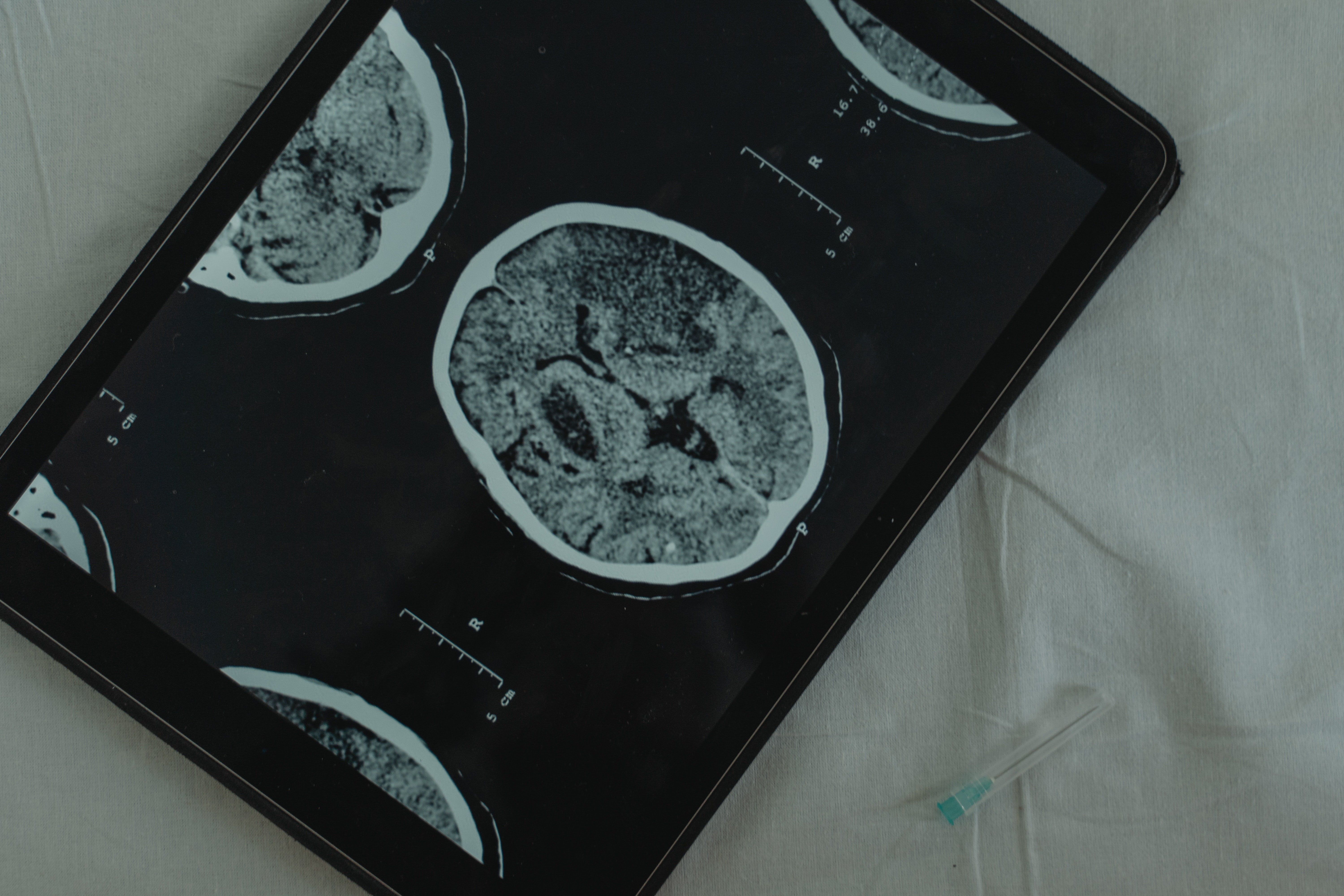Transcranial Magnetic Stimulation (TMS)

Written by: Heather Webber, PhD.
As a community we have learned a lot about addiction in the last several decades. Addiction has been strongly stigmatized, with some believing that addiction is a result of a weak character or moral failing. Because of the scientific community, we now know that addiction is a brain disease, one deserving of standard treatment and access to care as any other physical health problem1.
As we learn more about both the short-term effects of drugs on the brain and more long-term effects of addiction, there is great promise in developing neuroscience-based treatments. One such method involves brain stimulation via transcranial magnetic stimulation (TMS). TMS is a technique that relies on the generation of brief magnetic fields (similar to an MRI) using an insulated coil that is placed over the scalp. The magnetic pulses generate a weak electrical current in the brain that briefly activations or deactivates brain cells directly under the center of the coil. The TMS machine can therefore be used to change the firing patterns of brain areas that are affected in addiction.
TMS is generally well-tolerated and safe with no known long-term side effects. Some of the most common side effects include twitching of the eye or facial muscles, headache, and mild pain at the stimulation site. If experienced, these side effects usually go away within one day and can be treatment with over the counter medications. Importantly, seizures can occur in a very small group of patients. You should not have TMS treatment if you have a history of seizures or epilepsy, or if you have any metal implants in the head.
While TMS is currently approved by the Food and Drug Administration (FDA) for people suffering from depression who have not benefitted from antidepressant treatment, the only substance that the FDA has approved is for smoking. In 2020, the FDA cleared the BrainsWay “deep TMS” system to help adults stop smoking. In the main trial, the active TMS quit rate was greater than the “sham” (similar to placebo, where it feels like you are receiving TMS, but there is no stimulation) TMS quit rate2.
TMS treatment for other addictions is still in the early phases. In these early phases, researchers are interested in testing if TMS can change common symptoms of addiction (such as craving) or if it can change brain circuits involved in addiction by collecting neuroimaging measures before and after brain stimulation. The results of these initial studies show promise – several studies show that TMS produced anti-craving effects for alcohol, cigarettes, and cocaine3. These studies will need to be followed-up with larger clinical trials where substance use is measured and verified with urine or breath samples.
While there is great promise in TMS treatment, it will not be a “cure all”. Recovery from addiction is an ongoing, complex process that requires a multi-layered approach and a support system. TMS should be combined with other forms of treatment like individual therapy or 12-step programs.
References
- Heilig, M., MacKillop, J., Martinez, D., Rehm, J., Leggio, L., & Vanderschuren, L. J. (2021). Addiction as a brain disease revised: why it still matters, and the need for consilience. Neuropsychopharmacology, 46(10), 1715-1723.
- Zangen, A., Moshe, H., Martinez, D., Barnea‐Ygael, N., Vapnik, T., Bystritsky, A., … & George, M. S. (2021). Repetitive transcranial magnetic stimulation for smoking cessation: a pivotal multicenter double‐blind randomized controlled trial. World Psychiatry, 20(3), 397-404.
- Antonelli, M., Fattore, L., Sestito, L., Di Giuda, D., Diana, M., & Addolorato, G. (2021). Transcranial Magnetic Stimulation: A review about its efficacy in the treatment of alcohol, tobacco and cocaine addiction. Addictive behaviors, 114, 106760.